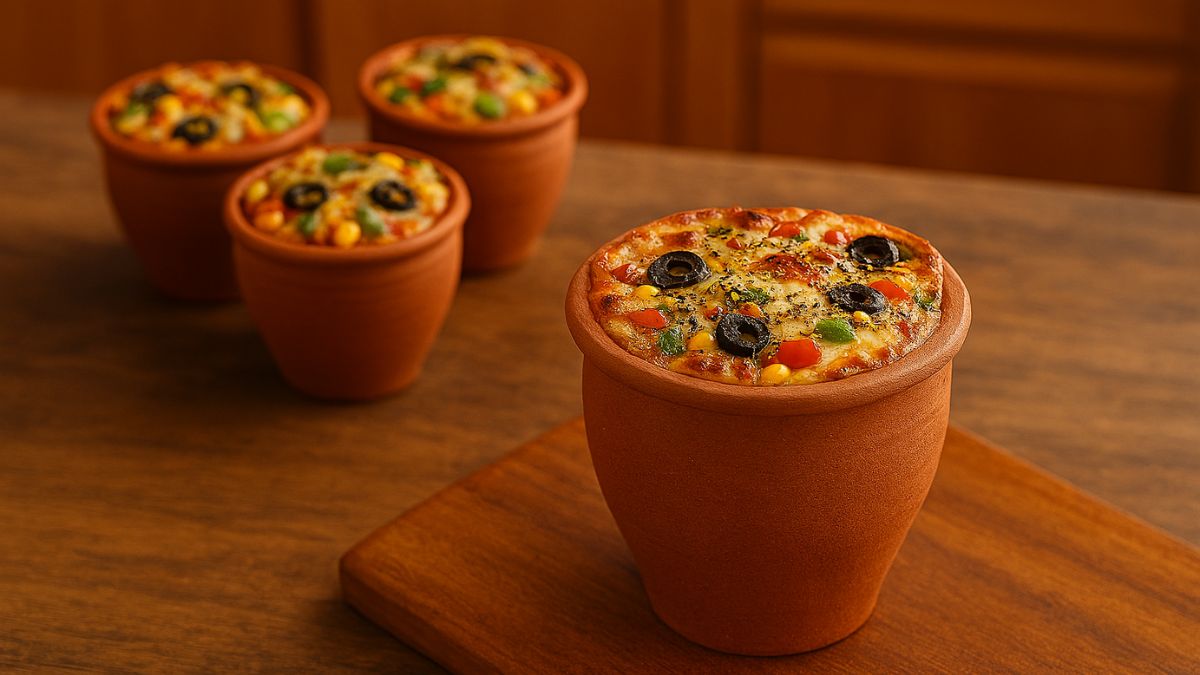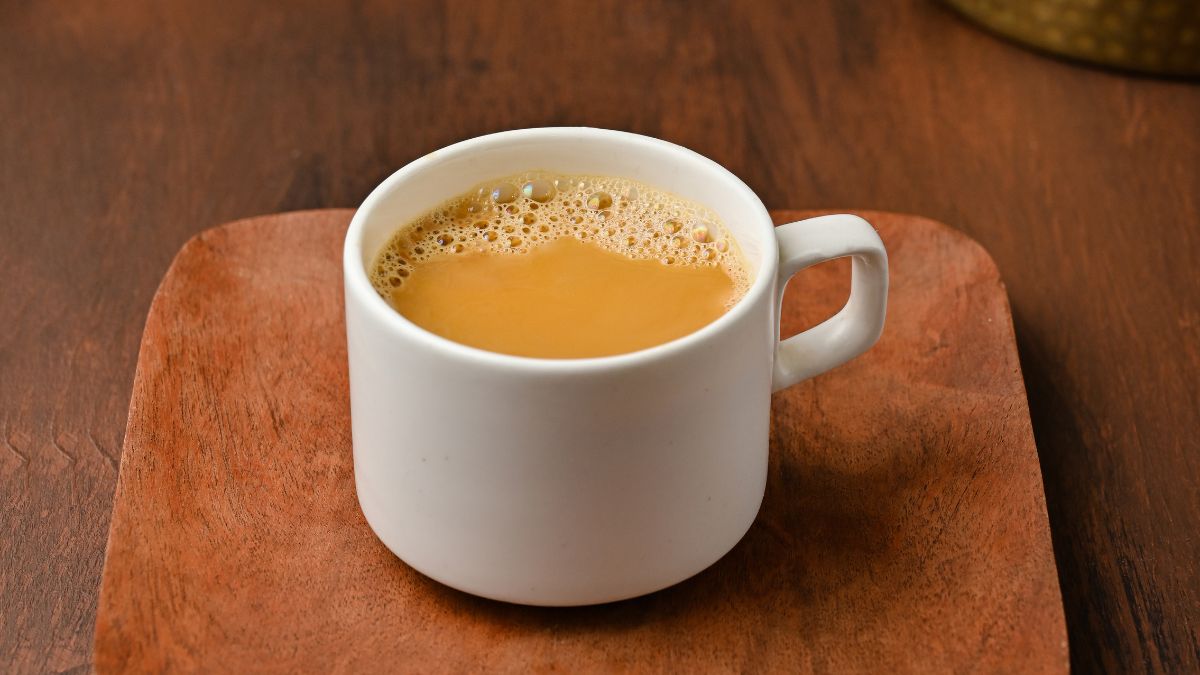A couple of weeks ago I was at Maxwell Food Centre in Singapore's Chinatown district with a few friends from India. One of my friends - a first-time visitor to Singapore, saw a local Singaporean leave her iPhone on one of the seats as she set off to order her food from the plethora of food counters. She went after her assuming she forgot her phone only to learn that the phone was used to reserve her seat at a time when seats are tough to score at Singapore's hawker centres. It tells you a lot about Singapore's reputation as a safe destination and also about Singapore's obsession with hawker centres that are an integral part of the island nation's culture.
Not everyone leaves their wallet or phone to reserve seats, you're more likely to see tissue packets doubling up as 'reserved' markers. A public poll conducted by Singapore's NHB (National Heritage Board) in 2018 revealed that 'Food Heritage' was highlighted as the most important aspect of Singapore's intangible cultural heritage. It's why 'Hawker Culture' was Singapore's nomination for UNESCO's Representative List of the Intangible Cultural Heritage of Humanity.
Singapore's hawker centres are more than just a part of the country's heritage, they are a lifeline of sorts offering authentic meals that are affordable and also reflect cultural diversity. Singapore's 'no compromise' health and sanitary inspections ensure that every hawker centre is squeaky clean. For instance, Changi Village Hawker Centre is a hotspot for Malaysian cuisine while Tekka centre has a reputation for Indian cuisine. I've visited Singapore at least once a year for nearly two decades now and there's only one reason I keep coming back here - food.
Singapore's Hawker Culture dates back to the mid 19th Century when the first street hawkers would ply the streets selling an array of food offerings. Many of these hawker dishes originated from the food cultures of different immigrant groups who settled in Singapore. Until the 1970s, street food stalls in areas like Chinatown and Orchard Road were popular congregation spaces, offering affordable meals such as laksa and satay. From the late 1960s, the Government licensed and resettled street hawkers into purpose-built hawker centres and markets with proper sanitation and amenities, almost like modern food courts.
Today, almost every neighbourhood has its own hawker centre; there are more than 110 hawker centres across the island with another 13 planned to go live by 2027. I've been to over 15 of the popular hawker centres and it's tough for me to pick five without leaving out some of my favourites and also upsetting my friends in Singapore who have always made time to take me to their favourite lunch and weekend haunts. Singapore is now open for vaccinated travellers and if you're planning a visit anytime soon, do check out one of these hawker centres.
Here Are 5 Hawker Centres You Must Visit In Singapore:
1. Maxwell Food Centre
To call Maxwell one of Singapore's most popular hawker centres is not an exaggeration. You can blame International celebrity chefs like Gordon Ramsay as well as counters like Tian Chicken Rice that made news for becoming a Michelin Bib-Gourmand recipient. I'd definitely suggest a visit to Tian Tian even with its serpentine queues; their chicken rice is a local legend. Other must-try dishes at Maxwell are the Fuzhou Oyster Cake and Zhen Zhen Porridge with steaming bowls of fish and chicken porridge sprinkled with ginger slivers.
(Also Read: Singapore Rice Recipe: Spend The Weekend Enjoying This Delicious Fried Rice)

The chicken rice at Maxwell is a food legend in Singapore. Photo Credit: iStock/annop24
2. Lau Pa Sat
Some of my local friends might call Lau Pa Sat or the 'old market' a tourist destination but it's high up on my list for its unique decor and downtown location. A clock tower at the centre of this hawker centre is an icon of sorts; its location makes it a convenient pitstop whether you're travelling to Singapore on business or a holiday. Do visit here at night and check out 'Satay Street' located next door to the centre. Lau Pa Sat offers a great mix of Asian cuisines, my favourite here is Seng Kee Local Delights which serves a fail-proof Hokkien prawn mee.
(Also Read: Street Food, Singapore-Style: a Model Worth Copying?)

Lau Pa Sat offers a great mix of Asian cuisines. Photo Credit: iStock/tang90246
3. Changi Village Hawker Centre
Probably my favourite hawker centre for its slightly dated vibe, this one's close to the Changi Airport and also offers sweeping coastline views. You won't find a more delicious Nasi Lemak anywhere in Singapore (try it at International Muslim Food Stall Nasi Lemak). I have a predilection for Singapore's chendol - easily one of the most delicious local sweet dishes. Try it at Mekan Melaka Cendol. If you're a fan of Banana fritters, you must visit Mei Xiang Goreng Pisang and try their crispy goreng pisang (the local version of fritters)

If you are fond of banana fritters, do pay a visit to Changi Village. Photo Credit: iStock/tang90246
4. Tekka Centre
Craving for biryani or dosa (spelt as 'tosai' in Singapore) when you're visiting Singapore? No problem. Head to Tekka, a popular choice among tourists and locals for the best Indian food at the hawker centres. Located close to Little India, Tekka's popular biryani stalls include Allauddin's Biryani. Also, make time to visit Temasek Indian Rojak which is popular for its deep-fried fritters that include tofu and prawn.

Deep fried fritters and biryani sell like hot cakes here. Photo Credit: iStock
5. Tiong Bahru Market
Tiong Bahru Market is located in one of Singapore's oldest public housing estates and also includes a wet market on one level. There are over 80 food stalls at the upper level that include Tiong Bahru Lor Mee which serves a hearty bowl of noodles topped with an assortment of goodies that include a fish cake, fried wontons and braised pork belly. I'd also recommend steamed rice cakes with preserved radish at Jian Bo Shui Kueh.

There are plenty of options and food choices at Jian Bo Shui Kueh. Photo Credit: iStock/KHellon
About Ashwin RajagopalanI am the proverbial slashie - a content architect, writer, speaker and cultural intelligence coach. School lunch boxes are usually the beginning of our culinary discoveries.That curiosity hasn’t waned. It’s only got stronger as I’ve explored culinary cultures, street food and fine dining restaurants across the world. I’ve discovered cultures and destinations through culinary motifs. I am equally passionate about writing on consumer tech and travel.











